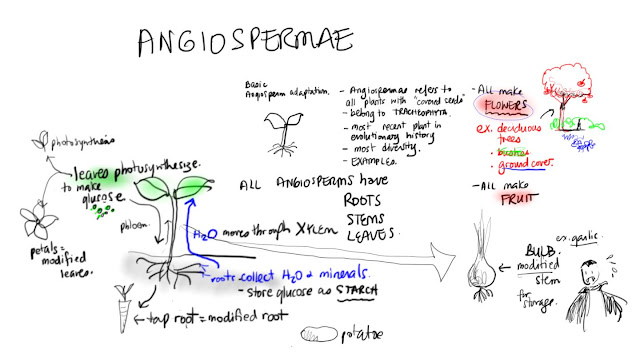Use this as a reference.
FLOWER LAB IS OUT OF 20 MARKS
Go into the school garden and find the following specimens. Bring them back for dissection and observation under the dissecting microscope.
Draw each specimen. 2 marks
Identify the flower type and label the parts. 2 marks
Write one interesting observation you notice 1 mark
Each drawing should be at least a half page. You should have three specimens:
Use a big legal size paper to draw your observations.
1. Find a small HEAD type of flower (simlar to a sunflower) It ought to have a disk flower and ray flower within the head. Observations: Count the disc flowers in your specimen. What is the advantage of this kind of flower?
2. a. Find a SPIKE type of flower
b. Find an UMBEL TYPE of flower
3. Find a BASIC FLOWER. Is it hypogynous, perigynous or epigynous? Draw it and label its parts
CONTENT: YOU COMPLETED THE ASSIGNMENT 15 MARKS (5 marks per question)
you answered all the questions with care and you discover something interesting/
CARE IS TAKEN IN DRAWING and observing out of 5
6/5 you make exceptional, careful drawings with clean lines. It is beautifully done and neat, it's in colour. This stands out. Bonus marks
4-5/5 you make exceptional careful drawings. This is beautifully done and neat
2-3/5 your drawings are complete and neat
1/5 you needed more time as your drawings seem a bit rushed and incomplete.
SEED AND FRUIT LAB ALSO OUT OF 20 MARKS
For each specimen, draw it and label its parts. Write a few sentences that describe its role in angiosperm reproduction. Each drawing should be at least half a page and neatly drawn, in colour.
draw three seed specimens 5 marks: Which of these are dicots and which are monocots? How do you know?
soybean sprout
corn nut
coconut
Fruit specimens: 5 marks Classify these according to your colouring book
strawberry
dragonfruit
find one more fruit OR seed specimen in the school garden 5 marks
RUBRIK
CARE IS TAKEN IN DRAWING and observing out of 5
6/5 you make exceptional, careful drawings with clean lines. It is beautifully done and neat, it's in colour. This stands out. Bonus marks
4-5/5 you make exceptional careful drawings. This is beautifully done and neat
2-3/5 your drawings are complete and neat
1/5 you needed more time as your drawings seem a bit rushed and incomplete.
you answered all the questions with care and you discover something interesting/
total: 20 marks



